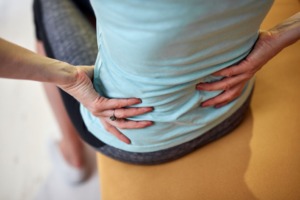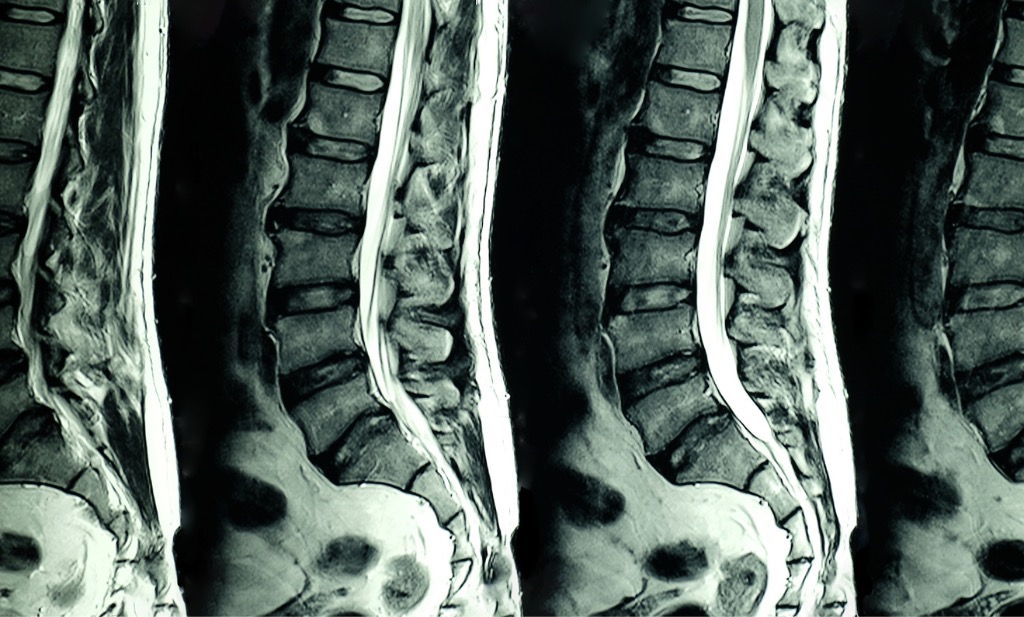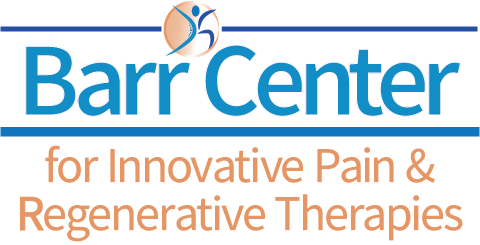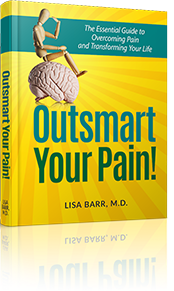Hip Pain Relief and Diagnosis
 At the Barr Center, our approach to hip pain relief begins and ends with our patients. Because the hip joint is the only weight bearing ball and socket joint it takes a lot of wear and tear throughout our life. Hip pain can significantly inhibit your ability to perform simple day-to-day activities like walking, standing, getting in and out of a car and hip pain can significantly impact our sleep quality. Patients who visit the Barr Center for hip pain relief often are unable to lead the active lifestyles to which they are accustomed due to a hip injury, aging or a medical condition.
At the Barr Center, our approach to hip pain relief begins and ends with our patients. Because the hip joint is the only weight bearing ball and socket joint it takes a lot of wear and tear throughout our life. Hip pain can significantly inhibit your ability to perform simple day-to-day activities like walking, standing, getting in and out of a car and hip pain can significantly impact our sleep quality. Patients who visit the Barr Center for hip pain relief often are unable to lead the active lifestyles to which they are accustomed due to a hip injury, aging or a medical condition.
Our treatments focus on restoring your ability to live a healthy, active lifestyle. This starts with identifying the sources of your pain. Treatment then starts with our initial focus on the pain generators in and around the hip and expands to include compensatory issues that develop in response to the pain. This includes looking for leg length differences, gait and balance disturbances as well as issues within the kinetic chain which starts in the foot and ends in the hip and pelvis. It’s interesting to see how foot, ankle and knee issues impact the hip and visa versa.
Hip Pain Diagnosis
Hip problems often develop from everyday wear and tear, overuse, or an injury. They can also be caused by the natural process of aging. Pain may arise from the hip joint itself or from any of the many surrounding muscles, ligaments or tendons. Hip pain that originates from the joint (arthritis of the hip) and gluteal tendons (gluteal tendonitis) usually worsens with activities or movement of your hip and leg. Pain that is worse at night is often associated with bursitis of the hip.

Degenerative lumbar spine issues particularly at L4-5 and L5-S1 levels commonly refer pain to the hip. Iliotibial band syndrome can also refer pain up to the hip. Hip pain can be attributed to dysfunction in the pelvis and sacroiliac joints. Hip pain that arises from another structure is called referred pain. Referred hip pain usually doesn’t worsen when you move your hip.
In your very first appointment at the Barr Center, we’ll ask you to localize and describe your hip pain, its history and what you think has contributed to its occurrence. A physical examination, x-rays and imaging studies will follow. Diagnostic musculoskeletal ultrasounds may be used to reach an accurate diagnosis.
Conditions We Treat:
- Osteoarthritis of the hip
- Femoroacetabular Impingement Syndrome (FAI- Cam and Pincer types)
- Labral tears of the hip
- Gluteal tendon tears and tendonosis (wear and tear) of the gluteal tendons
- Greater trochanteric bursitis
- Iliopsoas bursitis and tendonitis
- Hip arthritis or bursitis
- Osteitis pubis
- Sacroiliitis
- Hip instability
Treatments We Perform for Hip Pain:
- Dry needling
- Steroid injections
- PRP injections
- Stem cell injections
- Prolotherapy injections
- Prolozone therapy
- Physical therapy
Patient Success Story

“My 15-year old son sustained a small labral tear in his right hip while playing soccer. The injury sidelined him immediately for two weeks. Upon return to play, his hip continued to have flare ups with kicking and internal hip rotation. We used TENS treatment, MAT, and home PT. However, a year later, he still experienced pain while playing.
Instead of surgery, we opted to have Dr. Barr perform PRP on his hip. He hates needles but agreed that the procedure was less painful than the needle guided MRA he underwent to diagnose the tear!
About 10 days later, he was hacking around with the soccer ball and performed an “around the world.” He caught the ball, looked at me with a huge grin and said, “mom, that didn’t hurt!” Since the injection, he has practiced, played, kicked, run, etc., all with no pain. This is the first time in over a year that he has been pain free and continues to be pain-free. I can’t believe it worked so fast. He is so happy!
I have witnessed many PRP success stories in the past with Dr. Barr, and I am so grateful that the procedure worked for my son. You can’t get any better than using your own body to heal itself. Definitely worth it and I recommend Dr. Barr for PRP and any natural procedure to help with pain! ” – Mother of Soccer Player
More about the Hip Pain
Osteoarthritis can be inflammatory or degenerative in nature. It is one of the most common causes of chronic pain and the leading cause of disability for Americans over the age of 15. It limits the activities of more than 19 million adults, and the Center for Disease Control estimates that by 2030, nearly 67 million adults will be diagnosed with arthritis in the United States.
What are the Signs of Arthritis?
- Swelling
- Pain
- Warmth
- Deformity
- Loss of motion
There are about 200 different types of arthritis, but they are generally classified in two general categories:
- Non-inflammatory arthritis or Osteoarthritis — degenerative joint disease
- Inflammatory arthritis — caused by Rheumatoid arthritis, Ankylosing spondylitis or Gout/pseudogout, or other connective tissue disorders
Osteoarthritis of the Hip
It is a degenerative joint disease, and the most common form of arthritis. According the Centers for Disease Control, an estimated 27 million Americans over the age of 25 suffer from osteoarthritis, and it is the most common cause of disability. It usually develops slowly in the weight-bearing joints. Early in the disease, your joints may ache after physical work or exercise/sports.
The symptoms of osteoarthritis are caused by the gradual degeneration of joint cartilage which covers the joint surfaces and protects the ends of the bones. The synovial lining of the joints has cells that produces healthy fluid that helps lubricate the joint and keep it moving easily. When cartilage starts to break down, inflammation arises from the debris, causing pain and swelling in the joint. Excessive inflammatory synovial fluid then builds up in the joint. This is called a joint effusion. As the cartilage continues to wear, the ends of the bone rub against each other causing more pain and loss of range of motion. Bony changes then occur causing the joint to change shape and ultimately deform. Joint pain during or after use, or after periods of inactivity
- Discomfort in a joint before or during a change in the weather
- Joint swelling and/or stiffness, particularly after activity
- Limping
- Loss of joint flexibility
- Pain at night
What Treatment Options are Available for Osteoarthritis of the Hip?
Non-surgical treatment options:
- Analgesics – acetaminophen
- NSAIDs – aspirin, ibuprofen, naproxen sodium as well as other prescription NSAIDS and COX 2 agents
- Steroid injections into the joints
- Glucosamine sulfate
- Chondroitin sulfate
- Proteolytic enzyme therapies
- MSM
- Turmeric
- Adaptogenic herbs
- Other vitamins and supplements (ask your provider to suggest what is best for you)
- Prolotherapy
- Prolozone therapy
- Autologous platelet rich plasma (PRP) injections
- Dietary changes
- Weight loss
Surgical treatment options:
- Arthroplasty – joint replacement with a prosthetic joint
Preventative measures:
- Maintain your ideal body weight — this will decrease the stress on your joints
- Exercise and move your body and joints — this protects and stabilizes the joints by strengthening the muscles around them. The muscles will also keep the joints from rubbing against each other, preventing them from wearing down the cartilage.
- Maintain good posture — good posture helps to protect all of your joints
- Use good body mechanics
- When lifting or carrying, use the largest and strongest joints and muscles to avoid injury to the smaller joints and muscles
- Pace yourself and vary your activities
- Alternate periods of heavy activity with periods of rest — repetitive activities on the joints will accelerate wear and tear and cause joint deterioration
- Listen to your body
- If you have pain after activities or exercise, it can be an indication that you have overstressed your joints
- Move frequently — avoid prolonged sitting. Moving frequently will decrease the muscle and joint stiffness.
- Do not be a “weekend warrior”
What is Bursitis?
Bursitis is the inflammation of a lubricating sac around a joint or near the insertion of a group of tendons or ligaments. Bursitis is more common in adults, especially in those over 40 years of age.
Bursas often overlying joints or other moving parts. Bursas are areas where tissues glide over one another. When excessive friction forms between tissues in the body inflammation of the bursa occurs. There are over 160 bursae located throughout the body, but the larger bursae in the hip are the most commonly affected.
The most common symptom is pain at the site of the bursa and beyond. The pain may be a gradual buildup or sudden and severe. Pain symptoms are often worse with pressure on the region such as lying on it at night as well as with activity. Bursitis pain is often described as a burning pain and frequently refers pain down the leg, often mimicking sciatica.
The bursa can become inflamed by:
- Group of muscles or tendons rubbing over the bursa causing friction and inflammation
- Traumatic injury
- An underlying rheumatic condition
- Infection
Lower extremity joints most affected by Bursitis?
Hip
- Trochanteric Bursitis
- Iliopsoas Bursitis
- Ischial Bursitis (pain over the ‘sit bones’)
Knee
- Pre-Patellar Bursitis
- Infra-Patellar Bursitis
Ankle
- Retrocalcaneal Bursitis
- Calcaneal Bursitis
How is Bursitis Diagnosed?
Our medical team will perform a thorough evaluation, ask about your symptoms and examine the affected region.
Bursitis is typically identified by:
- Localized pain or swelling
- Tenderness, and pain with motion of the tissues in the affected area
- X-rays
- MRI (magnetic resonance imaging)
- Musculoskeletal ultrasound
How is bursitis treated?
Treatment of non-infectious bursitis includes:
- Avoiding activities that aggravate the problem
- If the condition does not improve in about a week, seek medical help
- Placing ice packs over the affected area for 20-30 minutes every 3-4 hours, for 2-3 days, or until the pain goes away
- Taking anti-inflammatory medication prescribed by your physician
-
- Corticosteroids, also known as “steroids,” can be injected to decrease the inflammation and pain
- Steroids can also be injected directly at the site of injury
- For recurrent cases, it is not safe to administer steroids too frequently aas this can weaken nearby tendons
- Most injections are performed in physician offices with no guidance. But at The Barr Center injections to the bursa will be done more accurately using state-of-the-art techniques to include:
- Musculoskeletal Ultrasound guided injections
- Fluoroscopic guidance is used when necessary
- Physical therapy including dry needling for release of soft tissue restrictions, flexibility and strengthening exercises and postural retraining
- Consult your doctor immediately if you have:
- Fever (over 100 Fahrenheit)
- Swelling, redness, and warmth at or around the joint
- General illness or multiple sites of pain
- Inability to move the affected area and increased pain with side lying in bed
Should I modify my activity during treatment?
- Modification of your activity is recommended during recovery so that the condition is not worsened.
When can regular activity be resumed?
- The return to regular activity will vary depending on the level of injury and the type of activity that is being resumed. It is good to assume that the longer the symptoms have been present, then the longer it will take for the area to heal.
How is bursitis prevented?
- Improved body mechanics may be helpful.
Can the Barr Center Help You with Hip Pain Relief?
Call us at 757-578-2260 or email us at [email protected] to get started on relieving your hip pain. To learn more about the anatomy of the hip and the causes of hip pain, visit our blog articles below for more information.
Learn More
Other pain management conditions we treat are: Neck Pain, Shoulder Pain, Back Pain, and Knee Pain. We often use Regenerative Medicine, and sometimes combine physical therapy, in our pain management treatments.

Experiencing Pain?
Reach Out To Us About Medication-Free Treatment.
After a long-standing, painful hip, PRP was suggested.
I’m 6 weeks post-injection (procedure) and already feel 50%-75% better.
M.B. (Patient)
Related Articles
Outsmart Your Pain!
by Lisa Barr, M.D.
The Essential Guide to Overcoming Pain and Transforming Your Life.
Learn how to kick the pain habit and master your pain from a pain management doctor.
International Best-Selling Author








